
Copernical Team
ESA Invites Launch Providers for European Launcher Challenge
 ESA has launched a Request for Information (RFI) aimed at European launch service providers in preparation for the European Launcher Challenge. This initiative, unveiled in Seville, Spain, in November 2023, aims to enhance Europe's space access by promoting a variety of launch options and boosting the competitiveness of European launch services.
The European Launcher Challenge, to be funde
ESA has launched a Request for Information (RFI) aimed at European launch service providers in preparation for the European Launcher Challenge. This initiative, unveiled in Seville, Spain, in November 2023, aims to enhance Europe's space access by promoting a variety of launch options and boosting the competitiveness of European launch services.
The European Launcher Challenge, to be funde SpaceX launches 20 Starlink satellites with Direct to Cell capabilities
 SpaceX launched its Falcon 9 rocket into orbit Tuesday night with 20 Starlink satellites, including some with Direct to Cell capabilities that will improve access to text and voice data here on Earth.
"Ignition and liftoff. Go Falcon. Go Starlink," mission control said as the rocket blasted off at 10:16 p.m. EDT from Space Launch Complex 40 at Florida's Cape Canaveral Space Force Statio
SpaceX launched its Falcon 9 rocket into orbit Tuesday night with 20 Starlink satellites, including some with Direct to Cell capabilities that will improve access to text and voice data here on Earth.
"Ignition and liftoff. Go Falcon. Go Starlink," mission control said as the rocket blasted off at 10:16 p.m. EDT from Space Launch Complex 40 at Florida's Cape Canaveral Space Force Statio Two Terran Orbital Space Vehicles Added to NASA's $6 Billion Rapid IV Contract
 Terran Orbital has expanded its offerings under NASA's multi-participant Rapid Spacecraft Acquisition IV (Rapid IV) Indefinite-Delivery/Indefinite-Quantity (IDIQ) contract. NASA has added two additional space vehicle platforms, positioning Terran Orbital as a key partner for the space agency with a broader range of solutions for various missions.
Terran Orbital has been part of this contra
Terran Orbital has expanded its offerings under NASA's multi-participant Rapid Spacecraft Acquisition IV (Rapid IV) Indefinite-Delivery/Indefinite-Quantity (IDIQ) contract. NASA has added two additional space vehicle platforms, positioning Terran Orbital as a key partner for the space agency with a broader range of solutions for various missions.
Terran Orbital has been part of this contra Take three for Boeing Starliner crewed launch attempt
 Boeing will be hoping the third time's a charm on Wednesday as they try once more to launch astronauts aboard a Starliner capsule bound for the International Space Station.
Liftoff is targeted for 10:52 am (1452 GMT) from the Cape Canaveral Space Force Station in Florida, for a roughly one-week stay at the orbital laboratory.
The last attempt, on Saturday, was dramatically aborted with l
Boeing will be hoping the third time's a charm on Wednesday as they try once more to launch astronauts aboard a Starliner capsule bound for the International Space Station.
Liftoff is targeted for 10:52 am (1452 GMT) from the Cape Canaveral Space Force Station in Florida, for a roughly one-week stay at the orbital laboratory.
The last attempt, on Saturday, was dramatically aborted with l Europe's long-delayed Ariane 6 rocket set for July 9 launch
 The next-generation Ariane 6 rocket, a crucial programme for Europe's space ambitions, is due to lift off on July 9 following years of delays, the European Space Agency said Wednesday.
The launch will take place in Europe's spacesport in Kourou, French Guiana, which borders Brazil.
The inaugural flight was originally planned for 2020, but the Covid-19 pandemic and repeated technical issu
The next-generation Ariane 6 rocket, a crucial programme for Europe's space ambitions, is due to lift off on July 9 following years of delays, the European Space Agency said Wednesday.
The launch will take place in Europe's spacesport in Kourou, French Guiana, which borders Brazil.
The inaugural flight was originally planned for 2020, but the Covid-19 pandemic and repeated technical issu Europe’s largest ground segment updated with no user impact
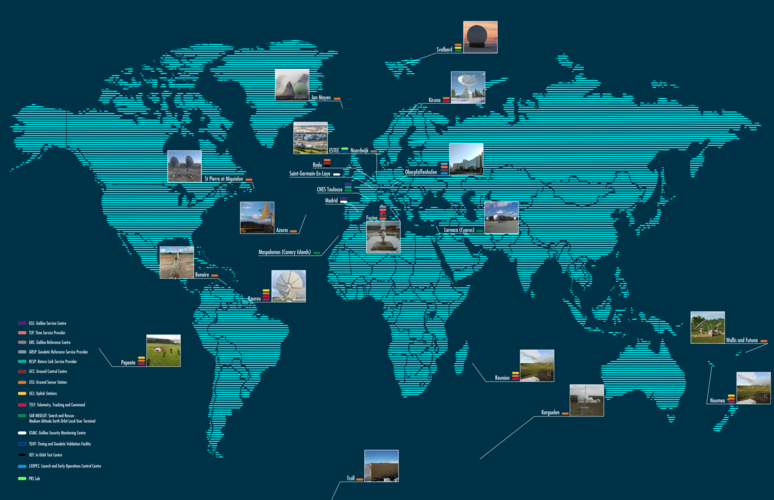
Over 200 dedicated professionals from ESA, EUSPA and European industry across four Galileo centres and seven external entities have seamlessly upgraded Galileo’s massive ground segment. In a remarkable feat of coordination and precision involving the deployment of 400 items, and after five months of rehearsals, Galileo’s ground segment, the largest in Europe, has transitioned seamlessly to System Build 2.0.
EarthCARE on cloud nine after smooth start to mission
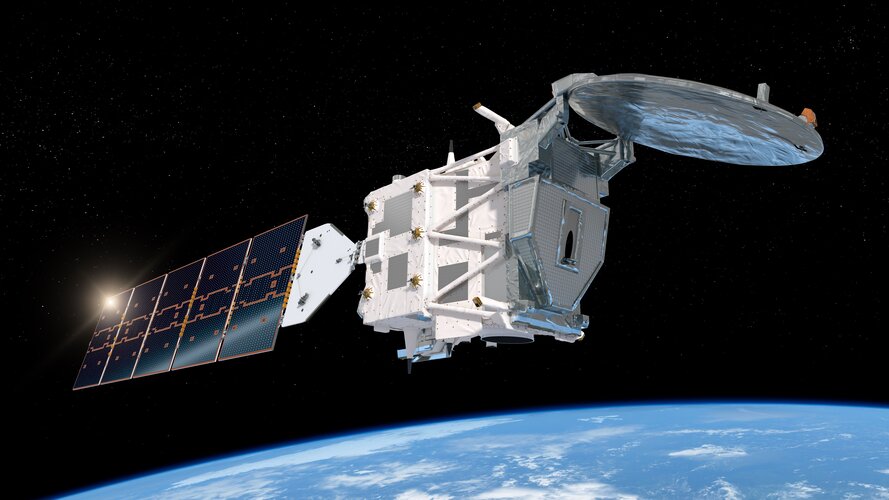
ESA’s EarthCARE mission has completed its important ‘Launch and Early Orbit Phase’ and is ready to begin the commissioning of its four scientific instruments. The data they gather will improve our understanding of the role that clouds and aerosols play in Earth’s radiation balance and benefit both climate modelling and weather forecasting.
Ariane 6 inaugural launch targeted for 9 July
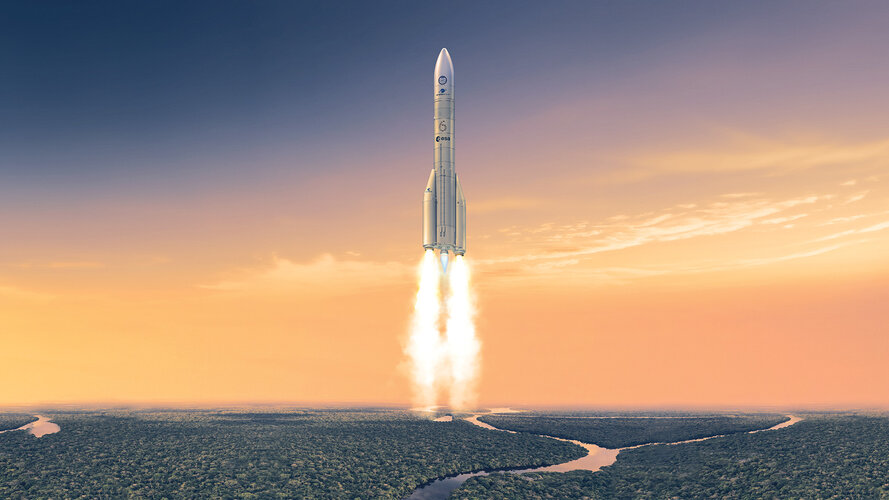
Maine company plans to launch small satellites starting in 2025
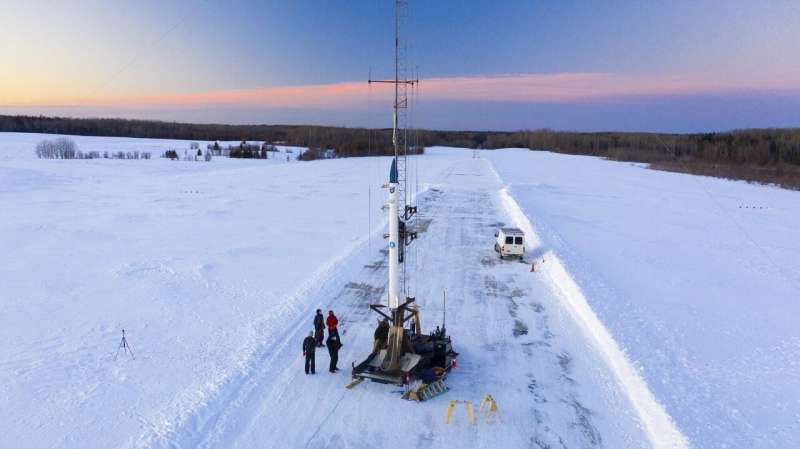
Representatives for a Maine company that plans to send small satellites into space from the Northeast's most rural state said they will start launches next year.
Brunswick-based bluShift Aerospace hopes to turn Maine into a hub for the launching of commercial nanosatellites and has been making progress toward that goal for more than three years.
Space race heats up: Advanced electronics cooling systems for spacecraft
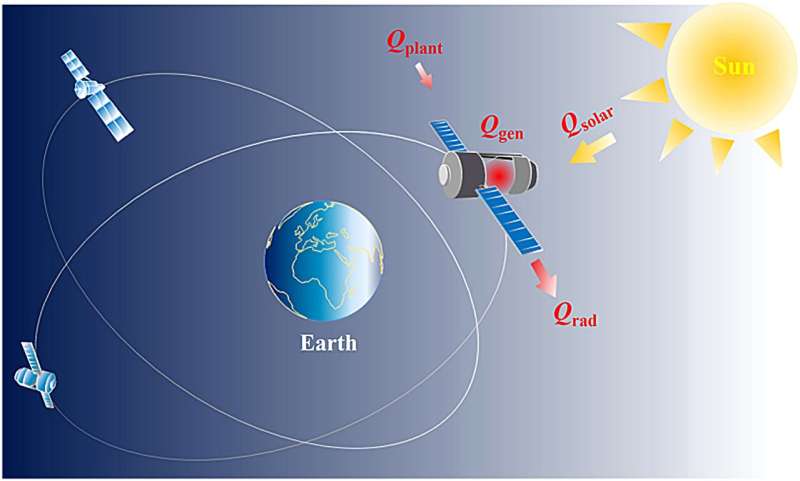
Spacecraft electronics operate under extreme conditions, facing issues like microgravity, thermal cycling, and space radiation. These factors necessitate robust thermal management solutions to maintain the functionality and longevity of onboard equipment.
Traditional thermal control methods often fall short in addressing these challenges. Based on these challenges, there is a need to conduct in-depth research on advanced thermal management technologies to ensure the stability and efficiency of space missions.
A comprehensive review by researchers from Xi'an Jiaotong University and the Xi'an Institute of Space Radio Technology, published in Energy Storage and Saving on March 28, 2024, delves into advanced thermal management technologies for spacecraft electronics. The study categorizes these technologies based on heat transfer processes, including heat acquisition, transport, and rejection.
The review evaluates thermal management technologies (TMTs) for spacecraft electronics, focusing on heat acquisition, transport, and rejection.

